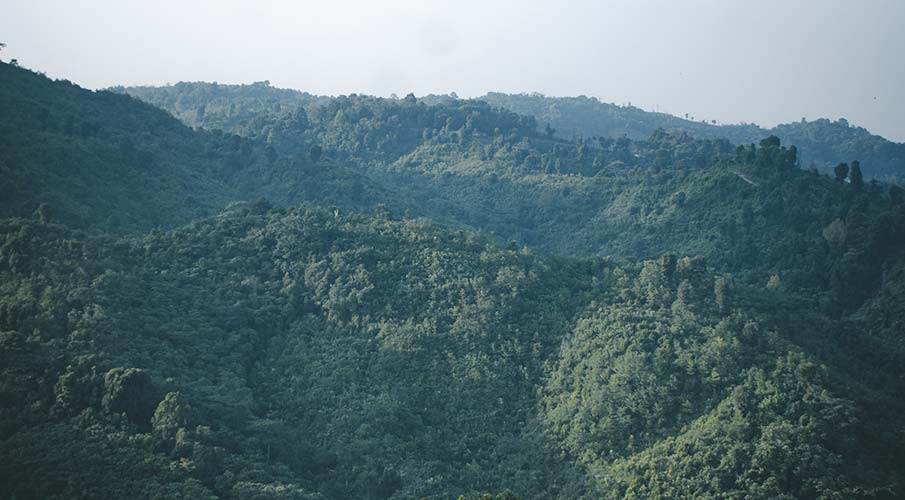Insights into Nokrek National Park
In September 1988, the Ministry of Environment and Forests of the Government of India designated the peak and its surrounding areas as a national park. The park is in the south-eastern part of East Garo Hills. Some of the park areas is in the East Garo Hills district, while other parts are in the West Garo Hills and South Garo Hills districts.
The core area of Nokrek Biosphere Reserve is also Nokrek National Park. It is about 2 kilometers from Tura Peak in the West Garo Hills district of Meghalaya, India. In May 2009, UNESCO added this National Park to its list of Biosphere Reserves.
The Nokrek National Park is home to a diverse array of fauna. A massive canopy of thick, tall, and lush green forests envelop Nokrek and its surroundings. Within the Nokrek Range, scientists discovered the mother germoplasm of Citrus indica. It is known as Memang Narang in the common tongue. This discovery led to the establishment of the National Citrus Gene Sanctuary-cum-Biosphere Reserve, covering an area of forty-seven square kilometers. The area has wild citrus fruit varieties that serve as a gene pool for commercially produced citrus.
Aside from the exquisite flora that covers the entire region, it also has distinct animal species. It has a red panda population that has piqued the interest of people all over the world. This has been successful in attracting a large number of tourists from all over the world to see this rare species. Dr. J. Lao was the person who accidentally shot the red panda in the 1960s.
It is also home to the Asiatic elephant and several species of wild cats, ranging from a small marbled cat to the majestic tiger, as well as the clouded leopard. It is Meghalaya's state animal. It is truly fascinating to see this magnificent animal in this national park.
The national park also serves as a haven for several critically endangered and threatened fauna species, including the Slow Loris, Petaurista Philippensis (Giant flying squirrel), and Macaca leonina (Pig-tailed macaque). It also provides a home for rare primate species such as the Stump-tailed Macaque and a large population of India's most endangered ape, the Hoolock Gibbon. It is also known as Huro in the local dialect. Nokrek is also thought to be the home of the legendary Mande Burung, also known as jungle man or ape-man. There have been multiple reports of spottings in and around the villages of Nokrek. Any place's history is incomplete without the presence of a mythological creature. As a result, ape-man's presence adds a fascinating touch to the region of Nokrek National Park.
Nokrek is also a significant birding area, with sightings of winter migrants such as the Siberian stonechat (Saxicola maurus), Siberian rubythroat (Luscinia calliope), and rare species such as the mountain bamboo partridge (Bambusicola fytchii) and the flavescent bulbul (Pycnonotus flavescens). This gives a perfect opportunity for the bird-lovers to explore the national park.
Nokrek National Park is about 45 kilometers from Tura. It is located in the district of West Garo Hills. William Nagar, about 15 kilometers away, is the nearest town. Guwahati, the nearest railway station, is 160 kilometers away. Guwahati International Airport is 170 kilometers away. Therefore, one can travel as they please as per their convenience.
This magnificent wildlife sanctuary is open to visitors all year. The best time to visit Nokrek National Park, however, is from October to May
